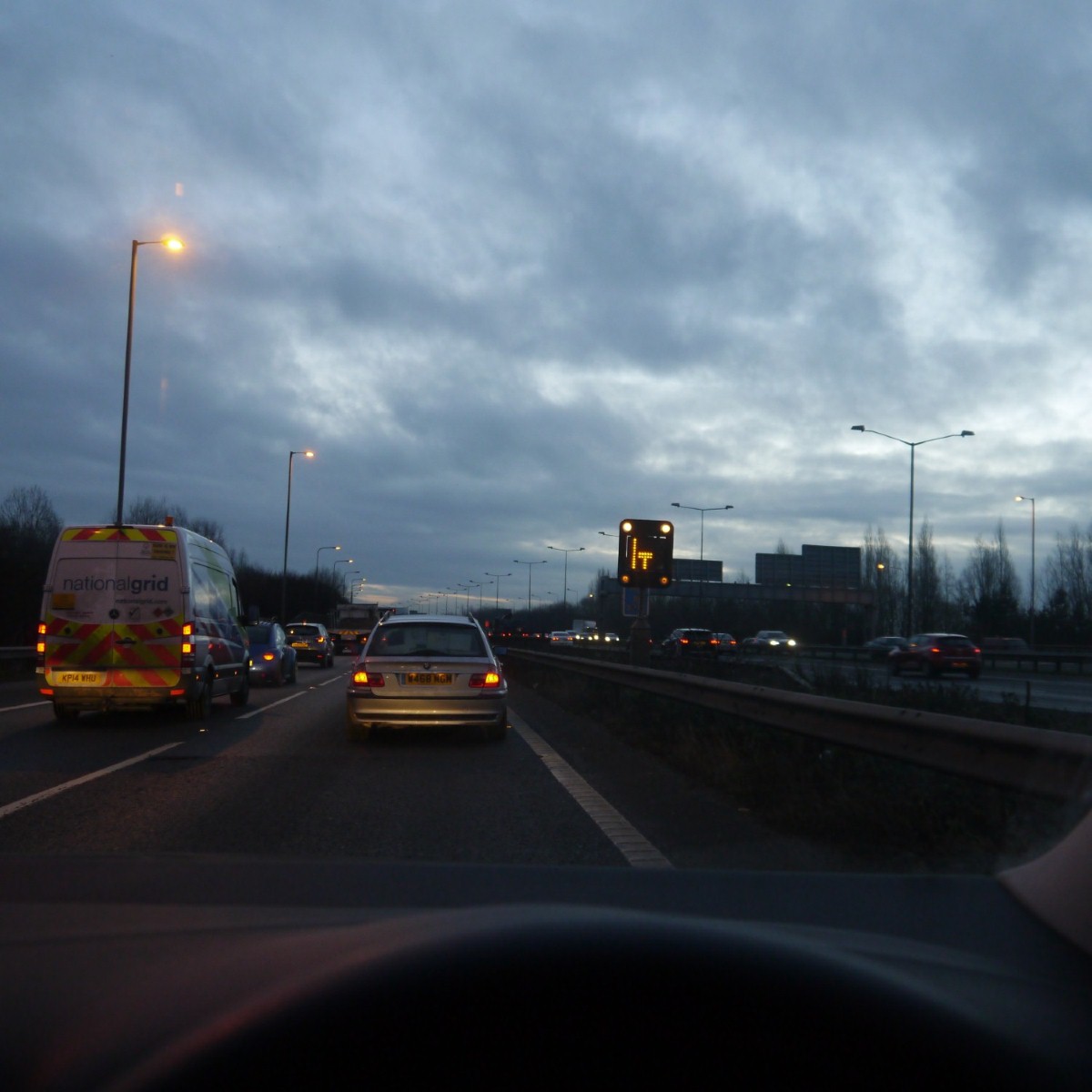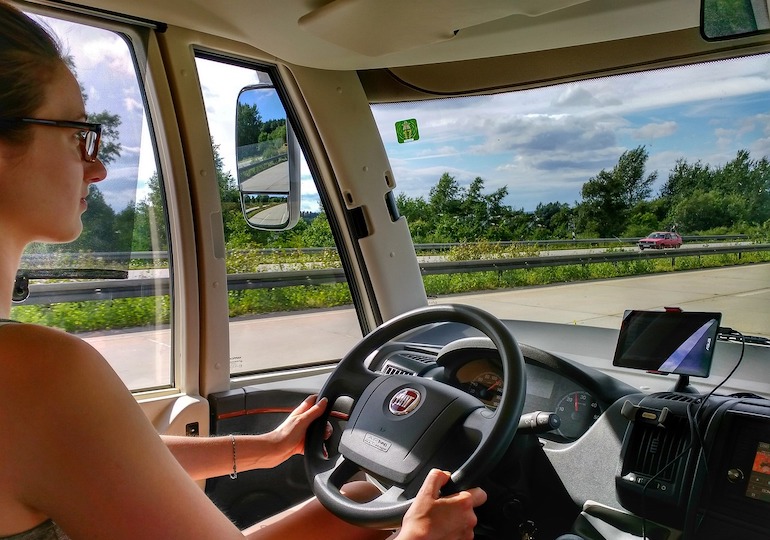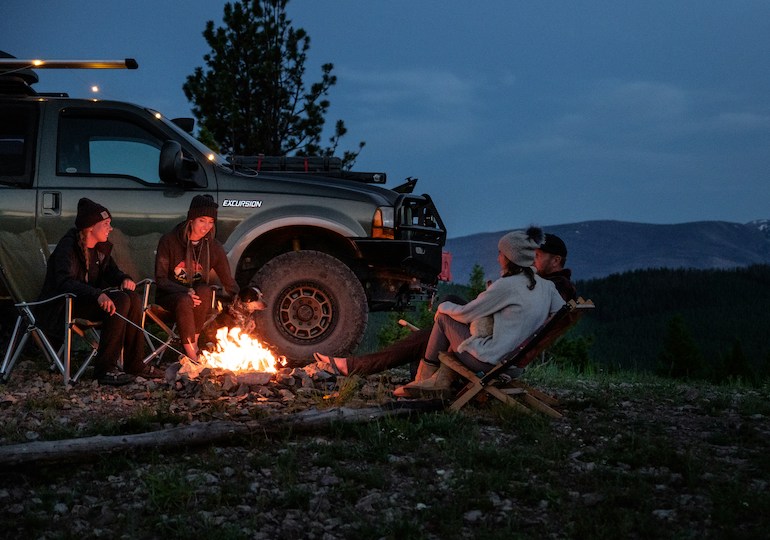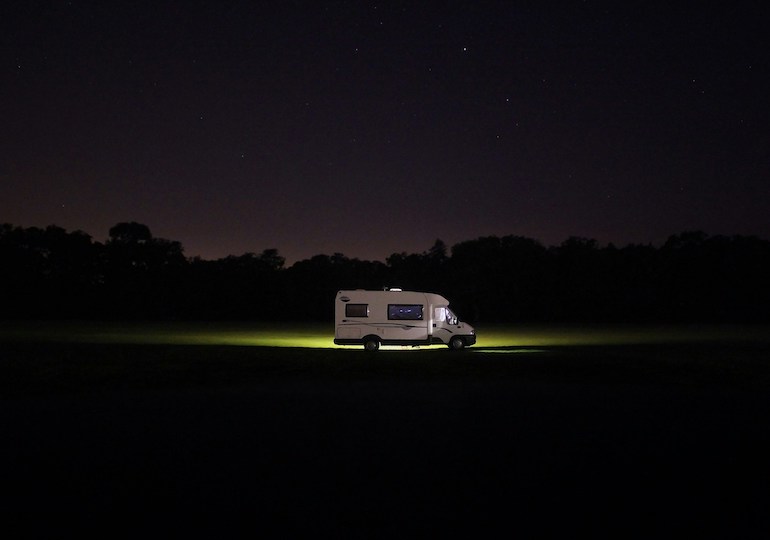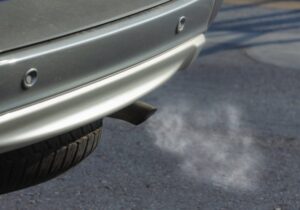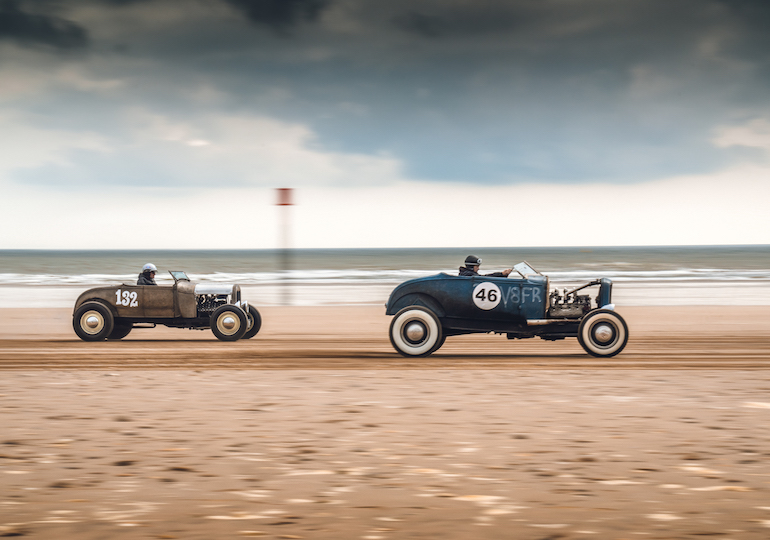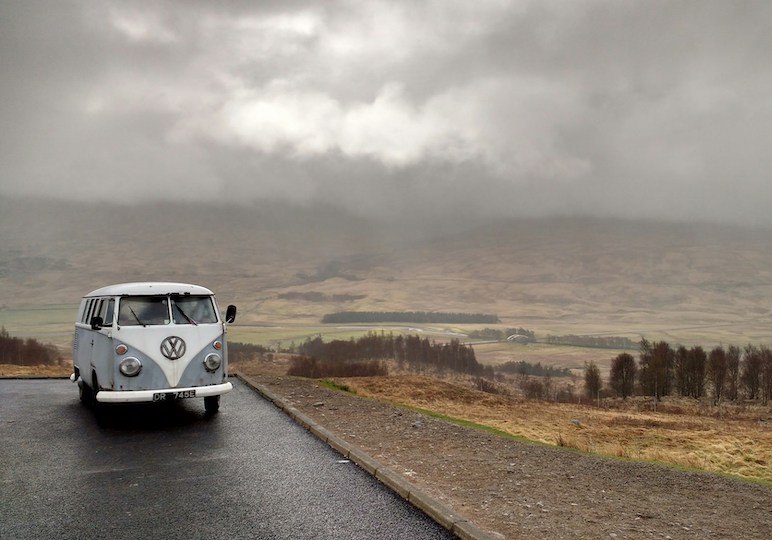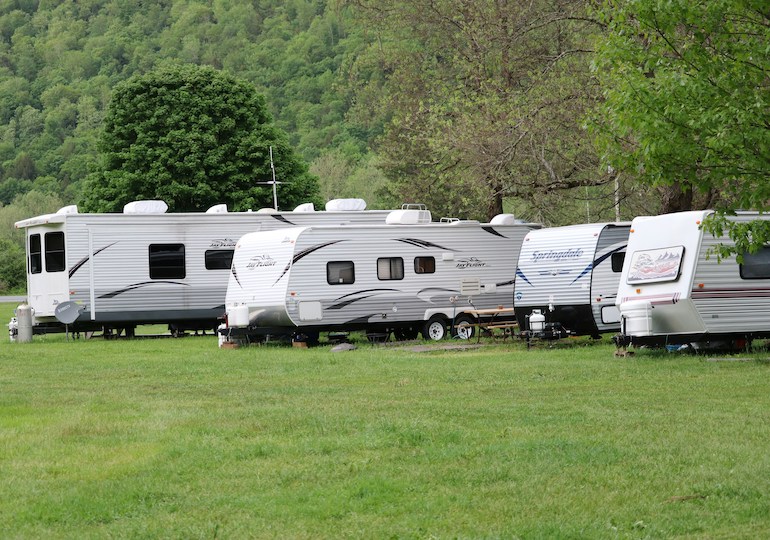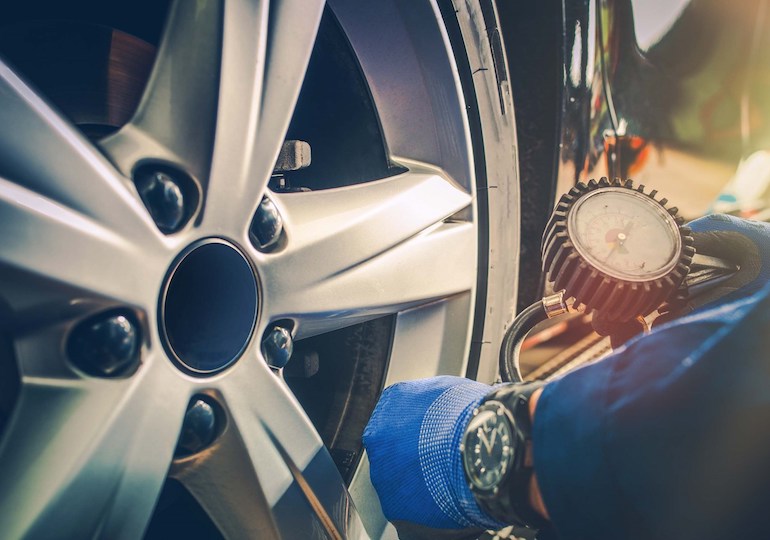This week’s tips from IAM ensure that you remain safe on the road as the days and nights get darker
British Summer Time (BST) is coming to a close and the days are going to start getting darker quicker. To ensure your safety on the road, the Institute of Advanced Motorists (IAM) have revealed their weekly tips to stay as safe as possible in the dark.
First, with the end of BST comes more fog to be expected in the mornings and evenings. To combat the fog, it is imperative that you keep your windows clear of ice and frost throughout your journey. In order to do so, use a quality windscreen washer fluid to keep them clean. Also, be sure to always keep the reservoir topped up.
As it gets darker, motorists will begin to use their dipped headlights more often so make sure that they are always working properly. Be sure that all other car lights, indicators and tyres are fully functional as well and check the tread depth regularly.
Should any of these need to replaced, it’s imperative that you do so as soon as possible. Keep a separate set of light bulbs with you in the case of emergencies.
Some automatic headlamp systems don’t put dipped headlights on in foggy weather conditions so you may have to switch them from an auto to manual setting. Don’t wait until it’s completely dark to switch on your dipped headlights because you may need to use them in reduced daylight as well.
Further, some roads will not have street lights and in the cases of driving on an empty stretch of road with reduced visibility, you’ll want to switch to full beam to see further ahead. Just remember not to use the full beam during the day at all costs as it could poorly affect other motorists.
In keeping with the tradition of being aware of other road users, you should always keep a look out for vulnerable motorists in the dark, especially motorcyclists, cyclists, and pedestrians. Be extra vigilent near schools in the late afternoon as children will be travelling home.
When pedestrians, and children especially, are wearing darker clothes, it’s much more difficult to see them so keep a lookout and avoid speeding when your vision is reduced in any condition.
Road signs and motorway studs assist motorists and riders in driving in poor light so keep an eye out for them and use them to guide you with your travels.
Finally, be sure to increase the distance between you and the car in front of you. While this is always a good rule of thumb, it’s especially important when driving in the dark as it is more difficult to judge the speed of vehicles. If you’re having difficulties looking ahead, slow down! You want to have as much time as necessary to react to any hazard.
Head of driving standards, Peter Rodger, has said: “It might sound obvious but you cannot drive the same way in the dark as you would in the daylight – but that’s what a lot of people do.
“Make allowances for your own abilities in darkness; your eyes take time to get used to the dark. And be aware others might not be as careful as you, and might not be wearing reflective or bright clothing as they should do.
“Take on the responsibility of looking out for others, and your journey will give you a warm glow inside – even if it’s chilly outside,” Rodger concluded.
What are some of your tips on remaining safe on the road in the dark? Let us know in the comments below and be safe out there!

